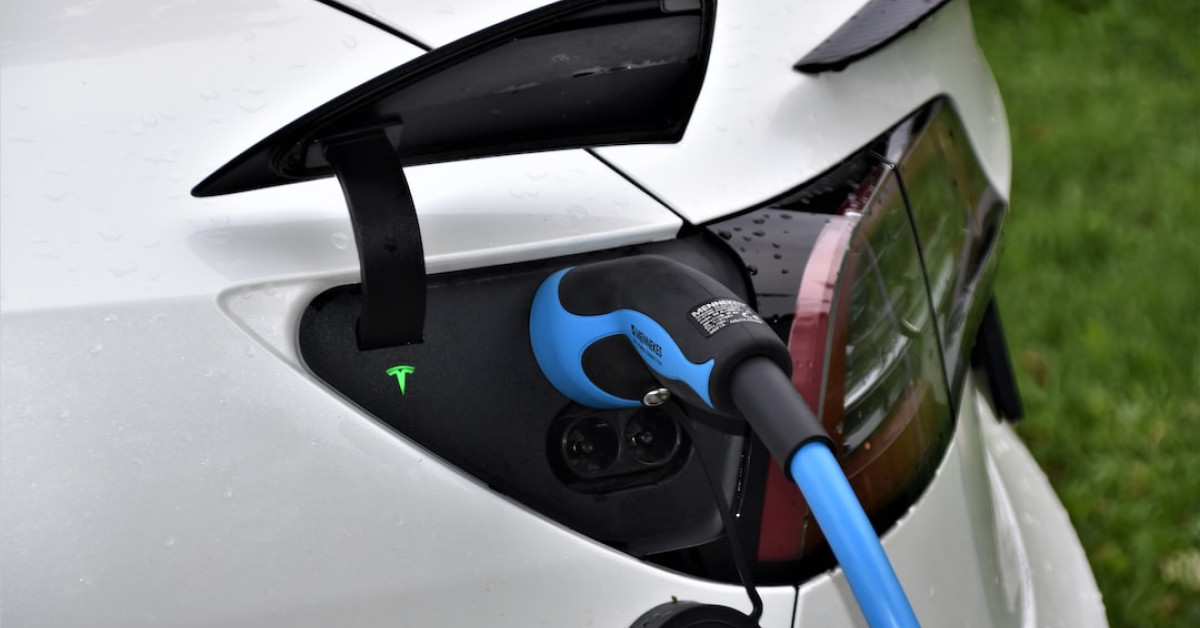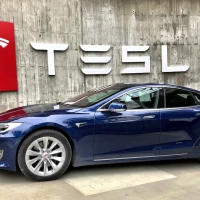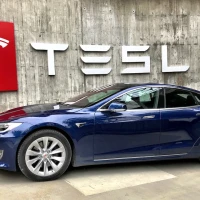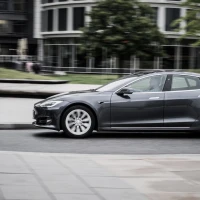When it comes to maximizing the efficiency and lifespan of your Tesla’s battery, understanding the nuances of optimal charging frequency is crucial. As a Tesla owner, you’ve made an investment in one of the most innovative and exciting vehicles on the road today. This article is designed to provide you with comprehensive insights on how often should I charge my Tesla to ensure you’re getting the most out of your electric car while preserving its battery health over time.
Deciphering Tesla’s Battery Technology
Before we delve into the optimal charging frequency, it’s important to understand the advanced technology underpinning Tesla’s battery system. The batteries used in Tesla vehicles are not just remarkable for their range and power; they are also a testament to the meticulous engineering that goes into electric vehicle (EV) design.
The Role of Lithium-ion in EVs
Understanding Lithium-ion Battery Chemistry
Tesla’s vehicles are powered by lithium-ion batteries, similar to those in consumer electronics but on a much larger scale. These batteries are prized for their:
- High energy density
- Long life span
- Ability to recharge repeatedly without significant degradation
Battery Management System (BMS)
Central to the health of your Tesla’s battery is its sophisticated Battery Management System (BMS), which carefully monitors and regulates:
- Battery temperature
- Voltage
- Charge states
This system is the guardian of battery longevity and one of the reasons why Tesla batteries maintain their capacity over many years and miles.
Maximizing Battery Life Through Temperature Control
The Impact of External Temperatures
Like any lithium-ion battery, a Tesla’s battery is sensitive to temperature extremes. Maintaining an optimal temperature balance is crucial since:
- High temperatures can accelerate battery wear.
- Cold weather can temporarily reduce range and efficiency.
Tesla’s Built-In Thermal Management System
Tesla vehicles come equipped with a robust thermal management system that works tirelessly to keep the battery at an ideal temperature, ensuring that you get reliable performance regardless of the weather outside.
Crafting the Perfect Charging Schedule for Your Tesla
Now that we have laid the groundwork on battery technology, let’s focus on how often you should charge your Tesla to maximize its longevity.
Understanding Charging Habits and Battery Health
Daily Charging vs. Long-Term Storage
Tesla owners often wonder whether they should charge their car every day or wait until the battery is low. The answer lies in the concept of battery charge cycling and how it affects the lifespan of your Tesla’s battery:
- Shallow discharging and recharging cycles are generally more favorable than letting the battery drain completely before recharging.
- For daily use, Tesla recommends keeping your battery charge level between 20% and 80% to maintain optimal battery health.
The 20-80% Rule Explained
By avoiding full charges and deep discharges, you can help reduce stress on the battery, which can extend its lifespan. It’s a balance between having enough range for your daily needs and not charging to 100% unless you’re planning a longer trip.
Frequency of Charging: Striking the Right Balance
Tesla’s recommendation for charging frequency is less about adherence to a strict schedule and more about understanding the ebb and flow of your individual driving habits. Here’s why:
- Regular daily use: If you drive your Tesla on a daily basis, plugging in every night might make sense to ensure you have enough range for the day ahead.
- Infrequent use: If you use your car less often, charging up to around 80% once or twice a week might be more appropriate.
Utilizing Tesla’s Smart Charging Features
Scheduled Charging and Why It’s Useful
Tesla’s software includes an option to schedule charging to occur during off-peak hours, which can save you money on your electric bill and is better for the grid.
Preconditioning the Battery Before Driving
Using the Tesla app to precondition your car before you start driving on a cold day can help maximize battery performance and efficiency.
Navigating Long-Term Parking and Vacation Concerns
The Optimal Charge Level for Storage
When leaving your Tesla parked for an extended period, such as during a vacation, it’s best to:
- Leave the battery at approximately 50% charge.
- Make sure to plug in your Tesla if you’re going to be away for more than a few weeks.
How to Preserve Battery Health While You’re Away
Smart Storage Tips
To minimize battery strain while your Tesla is parked for long periods:
- Find a temperate place to store your vehicle, avoiding extreme cold or heat.
- Ensure your Tesla is set to ‘Energy Saving Mode’ or similar options to reduce battery usage.
Charging Your Tesla: Best Practices for Maximum Efficiency
Charging your Tesla may feel as simple as plugging in a smartphone, but adhering to certain best practices can mean the difference between a good and an excellent EV experience.
Top Charging Strategies to Enhance Battery Longevity
To maximize your Tesla’s battery life, consider the following strategies:
- Use Tesla’s Superchargers sparingly: While Superchargers are convenient for quick top-ups, frequent use can contribute to battery wear. Stick to slower, Level 2 charging for daily use.
- Avoid charging to 100% regularly: Save full charges for long trips. Otherwise, stick to the 80% rule.
- Monitor your charging habits: Pay attention to your Tesla’s feedback on your charging routine and adjust as needed.
Understanding Regenerative Braking and Its Role
Harnessing Regenerative Braking to Maintain Battery Health
Regenerative braking is a remarkable feature in Teslas that captures energy during deceleration and feeds it back into the battery. This not only extends your driving range but also helps maintain optimal battery health by promoting efficient energy use.
Concluding Tips for Sustaining Your Tesla’s Range and Battery Health
To wrap up our guide on how often should I charge my Tesla, here are some final tips to keep in mind:
- Charge regularly following the recommended 20-80% rule.
- Adjust your charging frequency based on your driving habits and usage.
- Take advantage of Tesla’s smart features to ease the burden on your battery.
By understanding and applying these principles, you can look forward to a satisfying and enduring relationship with your Tesla. After all, an informed Tesla owner is a powerful force for sustainability and the advancement of electrified transportation. Your efforts to charge smartly not only benefit your vehicle’s battery life but also support the broader goal of responsible energy consumption.
By mastering the optimal charging frequency for your beloved electric vehicle, you can optimize range, retain maximum battery health, and enjoy the exhilarating performance of your Tesla for years to come. Armed with this knowledge, you’re now well-equipped to navigate the electric highways and byways in confidence and style.










